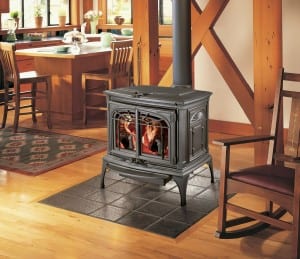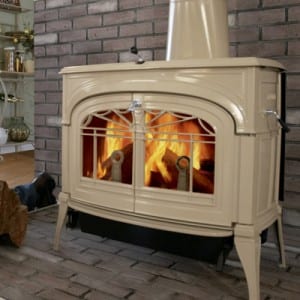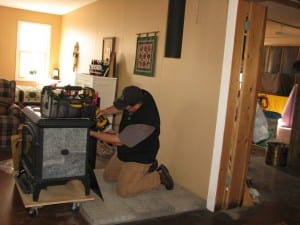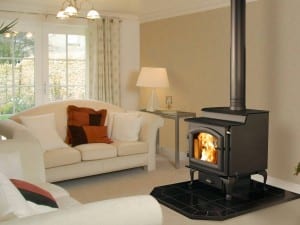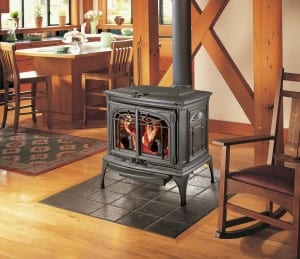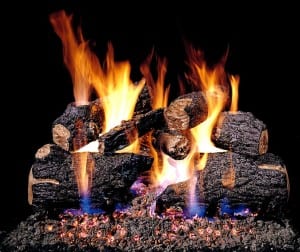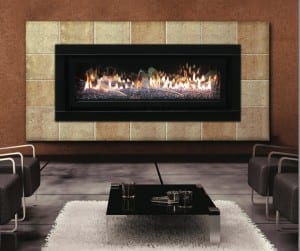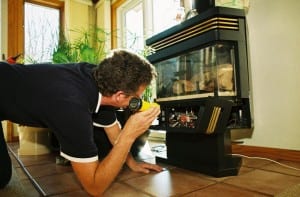Troubleshooting your Woodstove
 Chimneys and Draft conditions: The main function of a chimney is to create draft for combustion and to transport the flue gases out of the building. A good draft is vital for a good combustion. We consider a normally good draft to be between 10-20 Pa (1-2 mm VC). The chimney creates the draft, not the appliance. Essential for the draft is the construction of the chimney A tall chimney gives more draft. If the draft is insufficient it can be a solution to build a taller chimney. Read more »
Chimneys and Draft conditions: The main function of a chimney is to create draft for combustion and to transport the flue gases out of the building. A good draft is vital for a good combustion. We consider a normally good draft to be between 10-20 Pa (1-2 mm VC). The chimney creates the draft, not the appliance. Essential for the draft is the construction of the chimney A tall chimney gives more draft. If the draft is insufficient it can be a solution to build a taller chimney. Read more »


